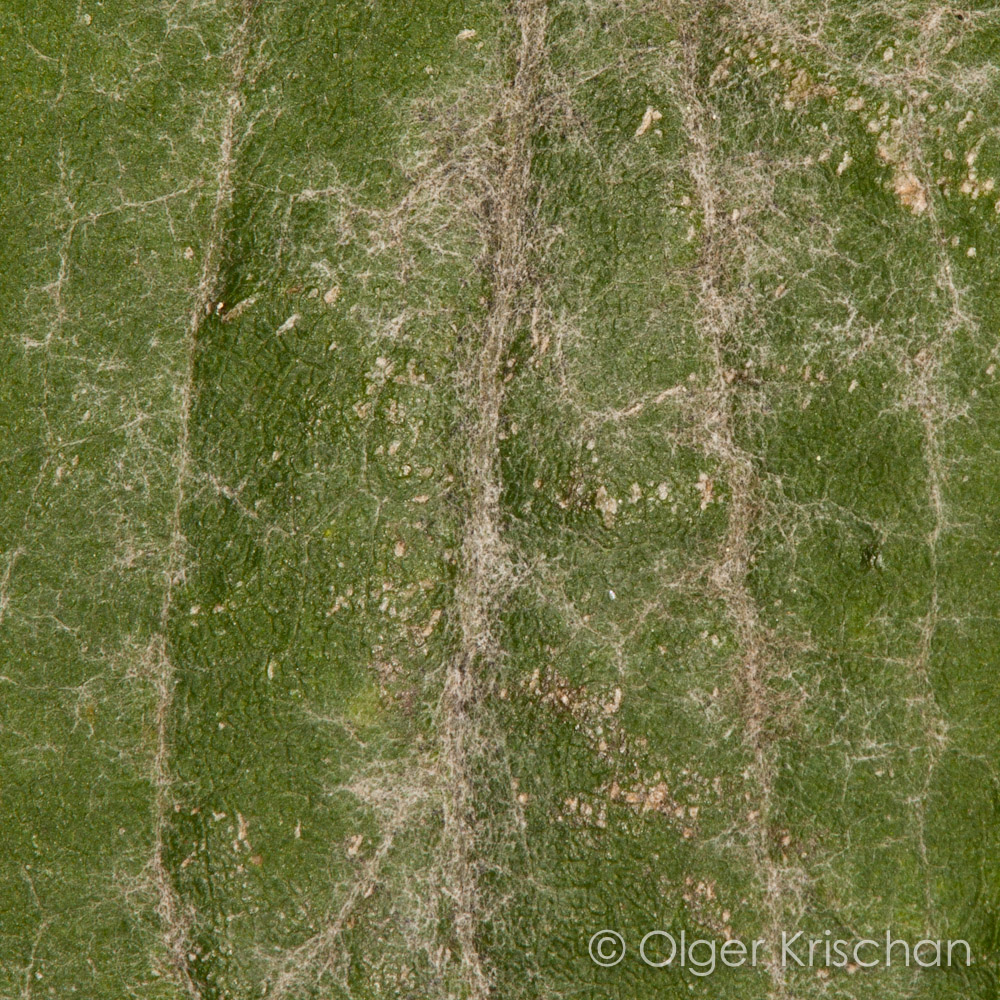A permanent garden resident, the Twenty-two-spot ladybird (Psyllobora vigintiduopunctata) [1].
1. DISTRIBUTION
A common species in the Netherlands and Europe and can be found where there is mildew.
Every year it is represented in the garden in large numbers.
2. BEHAVIOUR
These critters are very small and they are easily missed when one doesn’t take the time to carefully observe a plant. They can be found on spots of mildew, on top as well as below the leafs, or hiding where leafs cross and mostly at the underside.
The picture above was taken in a thicket of plantstems and only after some time of observation I noticed the other ten specimen.
When disturbed they retract their legs and antennae and drop to the surface like an small armored hill. This is also their initial reaction to flashlight but after some time they get used to it and go about their way.
One of the primary spots to find them in the garden is Giant goldenrod (Solidago gigantea) as that plantleafs are very susceptible for mildew, the fungus that is eaten by the adults as well as the larvae. Remarcable as most other ladybirds feed on aphids. The Orange ladybird (Halyzia sedecimguttata) is another species that lives on this fungus.
There are different kinds of mildew, and I think this is Powdery mildew (Erysiphe graminis) as it grows on the topside of the leaf.

(Erysiphe graminis)

3. RECOGNITION
This is an easily recognizable species due to its lemon yellow color, small size and large number of spots. The color of the neckshield can vary from yellow to pale yellow
Their size varies between 3 – 4,5mm.
The species has, as its name suggests, twenty-two spots. Those are only the spots on the wingcovers, there another five spots on the neckshield. The spots are always round in shape.
Potentially males and females can be identified using the head [2]:
- male: no or two small spots on head
- female: two or more spots or entirely black head
In the photo with the mating couple below and at the top of this article this is not clearly visible, but the male has a pale yellow neckshield.
3.1. SIMILAR LOOKING SPECIES
The Fourteen-spotted ladybird (Propylea quatuordecimpunctata), is another yellow species with black spots, but in this species the spots are clearly angular or rectangular.
3.2. LARVAE
The larvae are also yellow with black spots and easily reccognizable.
Literature
1 Cuppen, J.G.M., V.J. Kalkman, G.A. Tacoma & Th. Heijerman 2015, Veldklapper Lieveheersbeestjes. - EIS Kenniscentrum Insecten en andere ongewervelden, Nederlandse Entomologische Vereniging & Waarneming.nl, Leiden2 Stippen.nl












